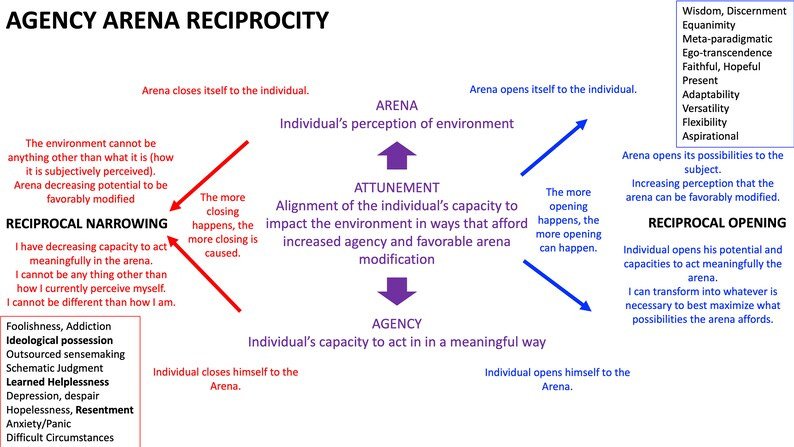Sublime
An inspiration engine for ideas
Divergence and convergence are not a linear path, but a loop: once you complete one round of convergence, you can take what you’ve learned right back into a new cycle of divergence. Keep alternating back and forth, making iterations each time until it’s something you can consider “done” or “complete” and share more widely.
Tiago Forte • Building a Second Brain: A Proven Method to Organise Your Digital Life and Unlock Your Creative Potential
Convergence forces us to eliminate options, make trade-offs, and decide what is truly essential. It is about narrowing the range of possibilities so that you can make forward progress and end up with a final result you are proud of. Convergence allows our work to take on a life of its own and become something separate from ourselves.
Tiago Forte • Building a Second Brain: A Proven Method to Organize Your Digital Life and Unlock Your Creative Potential
The easiest way to understand convergence is to think of it as the overlapping space between what you care about and what other people are willing to spend money on.
Chris Guillebeau • The $100 Startup: Reinvent the Way You Make a Living, Do What You Love, and Create a New Future

In biology, convergence refers to the process wherein organisms evolve analogous traits that were not present in their last common ancestor. In other words, species that are not closely related to each other will find the same solutions to the same problems in their quest to survive.
Shane Parrish • The Great Mental Models Volume 2: Physics, Chemistry and Biology
Vector theory of change

